Archived Mold Remediation Blog Posts
Mold vs. Mildew
11/19/2024 (Permalink)
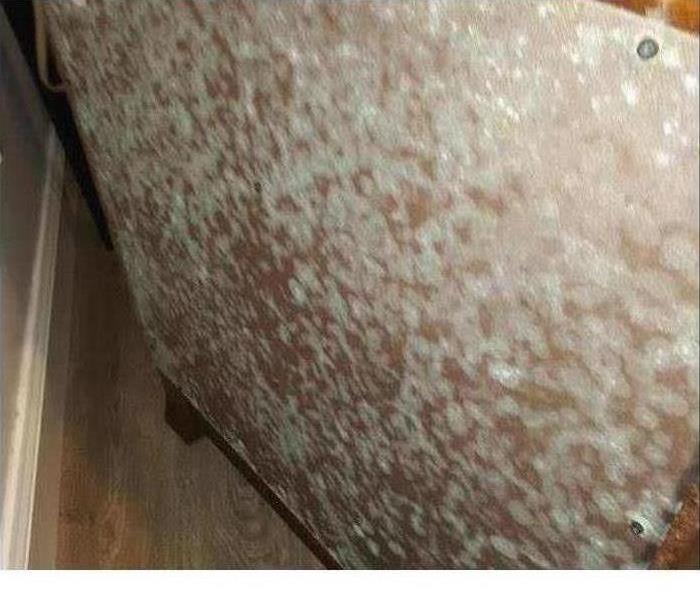 Mold spores on back of chair
Mold spores on back of chair
Mold and Mildew have very similar features. They have a few matching characteristics: both are keen on moist, warm areas where they might sprout their homes. They can also each grow on a multitude of surfaces, from food to your shower to a sheet of paper. And, of course, they are both two types of fungi that no homeowner likes to see in their home.
But mold and mildew also have striking differences when it comes to size, color, and texture.
Mildew is a surface fungus that can easily be identified as a patch of gray or even white fungus that is lying on the surface of a moist area. Mildew is easily treated with a store-bought cleaner and a scrubbing brush.
Mold, on the other hand, can be black or green and is often the result of a much larger infestation. This type of fungus can appear almost "fuzzy" — especially when it is found on food — or even slimy in nature.
The key to treating mold and mildew is to wipe it out of your home immediately. Treating it accordingly will safeguard your home from permanent damage and keep you from doing the tango with nasty fungi in the future. Call SERVPRO to treat and eliminate mold professionally with proper, safe cleaning solutions and equipment.
Call us at SERVPRO of Babylon/Deer Park at 631-661-3802. We are open 24/7 for whatever you may need. We're Here to Help®.
"Like it never even happened".
Mold in Basement
11/19/2024 (Permalink)
 Mold on Basement Ceiling
Mold on Basement Ceiling
Basement mold is often the result of a source of moisture. A leaky foundation or condensation from appliances are typical culprits. One of the first steps in the prevention of basement mold is to ensure that your basement is free of any moisture and doesn't support a damp, humid environment where mold can thrive.
If the mold in the basement is already a problem in your home, there are many options for the control and removal of basement mold. Depending on the extent and severity of the problem, and the type of mold, you may need to explore options for professional mold removal. In particular, cases of severe black mold growth may require calling a professional. To ensure mold removal is done with care and professionalism like you will find from calling SERVPRO of Babylon/Deer Park.
For other species of mold and less severe mold growth, there are many DIY solutions for the prevention and control of mold in the basement. After removing any mold-covered debris, such as drywall, insulation, carpet, or sub-flooring, hard surfaces can be treated with commercial products containing ammonia and bleach. Basement mold removal on tile or linoleum can also be performed with vinegar or a borax and water solution.
Mold in the basement is a common problem, but by understanding how to identify problem areas and prevent and control mold growth, you can avoid the potentially costly and unhealthy spread of basement mold. Make sure you call a professional.
Please give SERVPRO of Babylon/Deer Park a call at 631-661-3802 for any questions, concerns, or emergencies. We are open 24/7.
Mold Testing
11/12/2024 (Permalink)
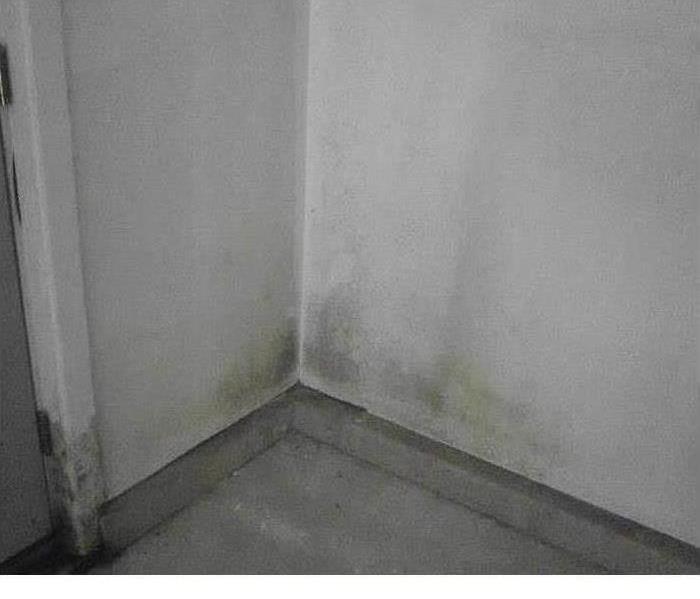 Mold Testing was not done in this home.
Mold Testing was not done in this home.
When to Decide if Mold Testing Necessary In Your Home?
Mold and mold spores are a part of our everyday living and breathing space.
Some mold and mold spores in small amounts are generally harmless. There are certain types of mold can effect good air quality.
The mold elimination process will begin with a mold test to determine the type of mold might be effecting the air quality.
Identifying the type of mold in the air and where it is will help us with the remediation. Then the appropriate method can be made for mold removal.
How is mold testing performed?
There are experienced and thorough testers that will determine if mold is in your home. That is the easy part.
Anyone claiming to be an inspector can look official, they can walk into your home with a swab and tape-lift. Anyone can wave a mold spore trap around the air and catch spores. The real value lies in the results and documentation that is used in the remediation process.
The fear of the unknown when it comes to a mold issue could be very annoying and frustrating.
The inspector comes will take a swab test or tape-lift test. These are done exactly how they sound.
A sample of air might me taken also, put in a small plastic cassette that takes a measured amount of air so that the severity of the mold problem can be measured based on air volume.
These samples are sent to a lab so that the lab technicians can see how many different types of spores are present and how many of them are present in your home.
They will create a report that states how many spores are present per cubic meter. The inspector may also take an outside air sample to compare with home.
This helps determine if the fungal reserve in the home is high compared to the outside air.
Call SERVPRO of Babylon/Deer Park to help you with this process. 631-661-3802. Open 24/7
Here to Help®
Duct Mold Remediation
11/12/2024 (Permalink)
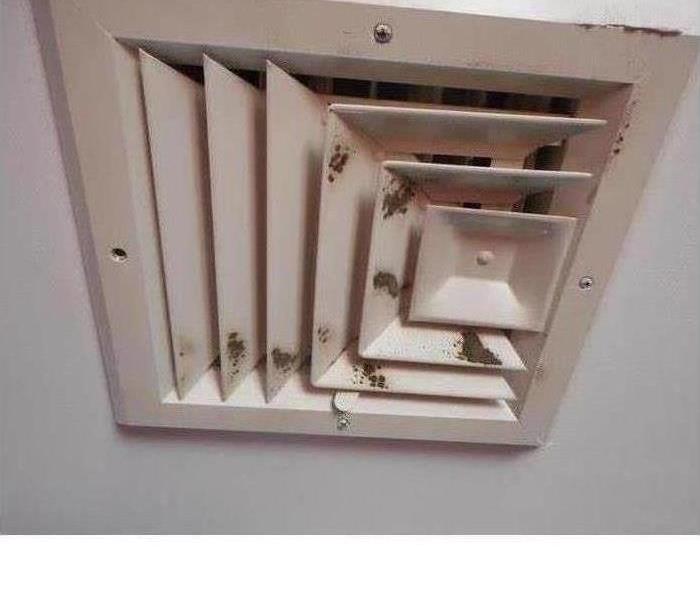 Call SERVPRO of Babylon/Deer Park for HVAC system cleaning.
Call SERVPRO of Babylon/Deer Park for HVAC system cleaning.
Can there be mold growing In your HVAC System?
Mold can grow in dark and moist areas. This is the reason often the first signs you'll see are in the bathroom, especially if there is not efficient ventilation. Other common areas for mold include attics, basements, and cabinets with sinks, these are the most prone places in your home.
Due to moisture and condensation, one of the most common places where mold grows is in your HVAC system. Two factors come into play most commonly during the summer months of the year for obvious reasons.
When using the air conditioning during the summer months, water vapor can make its way inside the air ducts. If you happen to live in an area that is very humid, the water will stay stuck in your system instead of evaporating like it normally would.
As external particles continue to travel through your air ducts, dust gathers, thus becoming a feeding ground for mold. Mold feeds off organic materials, allowing them to multiply at an exponential rate.
If the issue is not addressed in a timely manner it will spread throughout your home.
Call SERVPRO of Babylon/Deer Park 631-661-3802 for HVAC system cleaning.
Here to Help® "Like it never even happened."
How to Dry Water Intrusion in your Home or Business
6/18/2024 (Permalink)
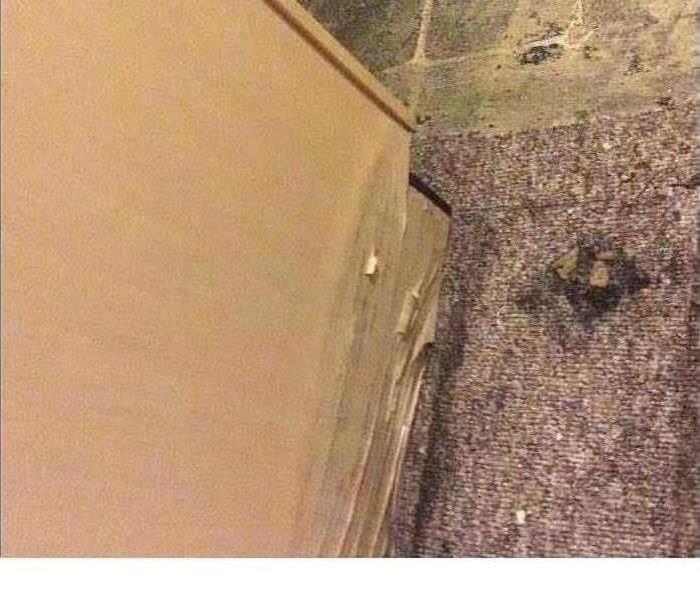 SERVPRO was called for mold remediation
SERVPRO was called for mold remediation
This photo was taken at a home that had mold mold damage. Unfortunately, mold damage can occur from anything related to water in the area that there was mold found. Anything, from a leaky pipe to a flood, mold damage can happen at the most inconvenient times. It is highly important that the mold is cleaned and taken care of properly.
Here are some tips to properly dry the water intrusion to prevent mold growth:
- Moisture levels in all affected building components should be measured to determine where the water damage has occurred.
- Hidden moisture, such as in ceiling plenums and wall cavities, must be tracked and measured.
- The right equipment for the job must be properly placed for rapid drying.
- Daily moisture readings should be recorded and reported (a critical defense in case of health effects).
- Determine the building’s normal moisture level and document goal attainment.
We hope mold growth never occurs in your home or business, but if it does SERVPRO of Babylon/ Deer Park is always Here to Help® 24/7 for emergency services. "Like it never even happened." Call us with any questions, estimates, concerns and more information at 631-661-3802.
Mold Damage in Factory
3/29/2020 (Permalink)
We know mold and mildew is incredibly problematic and were here to help. Here are some tips on dealing with Mold or Mildew:
Mold and Mildew
- Mildew can have a downy or powdery appearance. It can begin as yellow spots that gradually get larger and change to brown.
- Mold is fuzzy in appearance and comes in all shapes and sizes. It could be orange, green, purple, black, brown, or pink.
Leaking Pipes
- It's inevitable that when there is a leaking pipe that mold will come after it. Please call a professional
- It is best to have someone take a look at it. SERVPRO of Babylon/ Deer Park will help take care of it. The sooner we can take a look at the leaking pipes, the better. Then we can assess the mold and let you know how best to deal with it.
We at SERVPRO of Babylon/ Deer Park are here to help you with any problems or concerns for mold remediation. Please give us a call at 631-661-3802
Duct system mold remediation
12/7/2018 (Permalink)
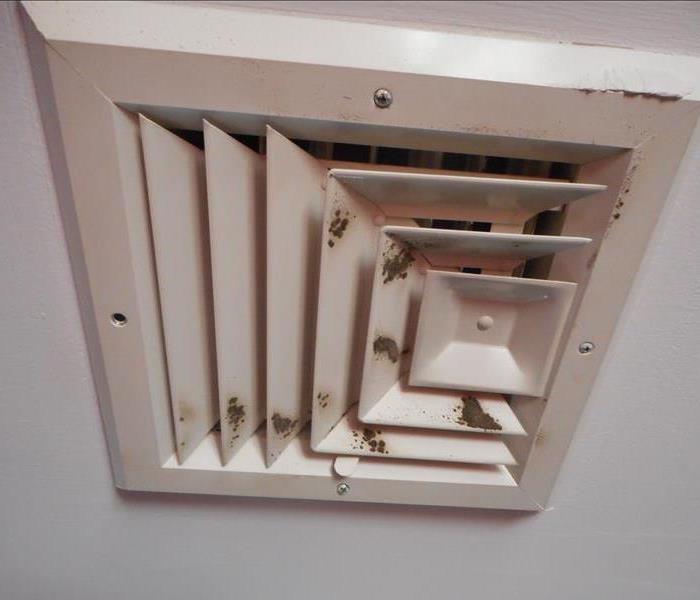 Signs that you have a mold problem
Signs that you have a mold problem
Why is mold growing In My HVAC System?Mold grows in dark and moist areas which is why you’ll often see first signs in places like your bathroom, especially if you do not have efficient ventilation. Other common areas for mold include attics, basements, and in cabinets with sinks.
Of course, one of the most common places where mold grows is in your HVAC system. This is because there is a high level of moisture and condensation. These two factors come into play most commonly during the summer months of the year.
When you use the air conditioning during the summer months, water vapor can make its way inside the air ducts. If the area where you live is very humid, the water will stay stuck in your system instead of evaporating like it normally would.
As external particles continue to travel through your air ducts, dust gathers, thus becoming a feeding ground for mold. Mold feeds off organic materials, allowing it multiply at an exponential rate.
if not addressed in a timely matter it will spread throughout you home.
Why Is Mold And Mildew Such A Big Threat?
12/12/2017 (Permalink)
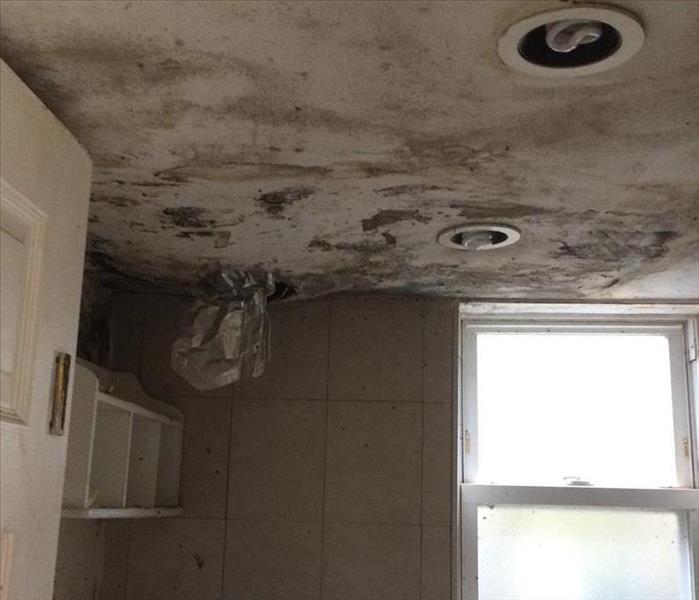 A slow leak left unrepaired turned this room into a safe haven for mold.
A slow leak left unrepaired turned this room into a safe haven for mold.
Mold and mildew are some of the most persistent enemies a homeowner can have, and getting rid of them for good can be a major hassle without professional assistance. Fungi is particularly stubborn in humid areas, though they can take root in any home that has issues with moisture buildup. All it takes is a slight, steady plumbing leak, or a slightly cracked window to give the fungi all the moisture and space it needs to operate. And once it shows up, it will spread quickly if not checked. This is why homeowners are often best served by seeking out certified professionals, as they will be able to completely eliminate the contamination without allowing it to spread.
Remediation firms are experts at halting the spread of fungal contamination, and they know how to seal off the area to keep it from dispersing. And with their commercial grade products and processes, the contamination can be eliminated in short order. This quick response will minimize the damage and ensure the home is healthy enough for a family to live and relax in.
Why A Mold Abatement Certification Is Needed
12/12/2017 (Permalink)
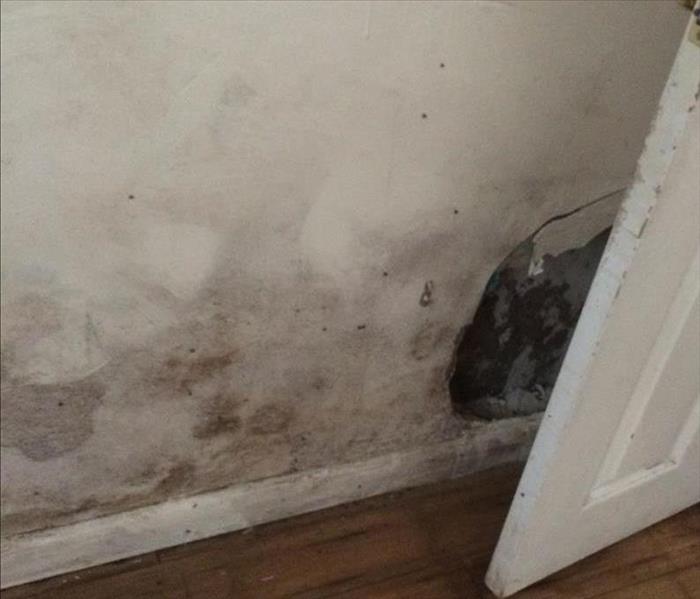 This home had a water damage that the homeowner tried to handle themselves in Bayshore New York.
This home had a water damage that the homeowner tried to handle themselves in Bayshore New York.
A mold abatement certification helps technicians earn respect and trust in the industry. Potential customers will want to know that the technician knows what they are doing. With an IICRC certification, technicians can prove they understand the problem and know how to deal with it. The appropriate qualifications gives companies and technicians a competitive edge compared to those who don’t have the test qualifications. But, a mold abatement certification offers more than just a competitive edge. It offers technicians valuable knowledge on how to remediate the affected areas and preventative measures. It also provides experienced professionals the opportunity to further their education.
The industry will continue to change with new equipment and methods that help remediate mold. Professionals who stay on top of these changes can offer better service to customers. In addition, classes can motivate employees to grow in a special field which benefits both the employee and the company. Courses aren’t time consuming and are designed to cover all aspects of remediation from preliminary assessments to removal protocols. With distance learning and IICRC approved schools throughout the country, there is no reason not to invest in the course. Once technicians pass the final exam, they will be qualified as a CMR and can work full-time, part-time or continue learning.
Stop the mold from returning
11/20/2017 (Permalink)
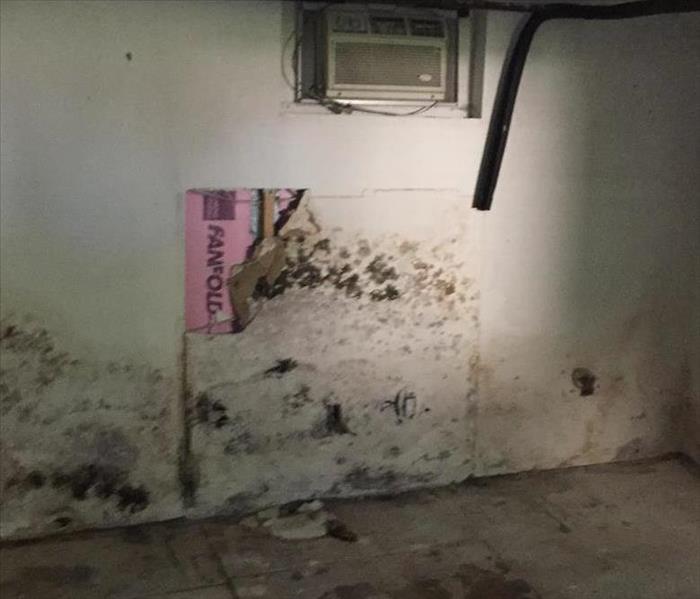 Keep the basement dry
Keep the basement dry
When you only deal with the mold, without fixing the source – well – you’ll get mold again and again. Depending on whether your crawl space is a cold zone or a warm zone.
If your crawl space is a cold zone, that means it shouldn’t be pulling heat from the warm air in your home. If you’re having issues with mold and moisture, you space my not be properly vented. Two vents on either side of your crawl space should be sufficient. You will also need to place insulation under the floors in your home so the hot and cold air don’t meet in the middle and create moisture. While you’re making repairs in the crawl space – double check that any piping in there is properly insulated so they don’t freeze during the winter.
If your crawl space is part of the warm section of your home, that means your space better be properly insulated so you aren’t losing heat to the outside. If it’s not properly insulated, make sure to take care of that first. I like using a closed cell, two pound spray foam because it will keep the heat in, as well as act like a vapor barrier to fight against that moisture. If you’re filling your space with batt insulation instead, make sure you also install a vapor barrier – and it needs to be on the warm side of the house.
You may think that mold and moisture in your crawl space are just a given, but the truth is, it’s not. If you understand how to prevent moisture buildup in the space, you can keep the water out and that will keep the mold at bay.
Molds are all around us
11/15/2017 (Permalink)
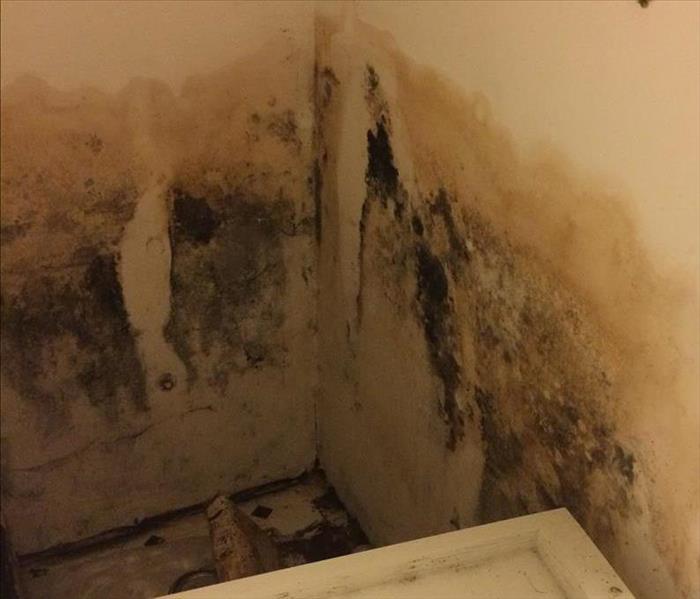 Mold Can grow on many things
Mold Can grow on many things
Molds can be found almost anywhere; they can grow on virtually any organic substance, as long as moisture and oxygen are present. There are molds that can grow on wood, paper, carpet, foods, and insulation. When excessive moisture accumulates in buildings or on building materials, mold growth will often occur, particularly if the moisture problem remains undiscovered or unaddressed. It is impossible to eliminate all mold and mold spores in the indoor environment. However, mold growth can be controlled indoors by controlling moisture indoors.
Photo 2: Extensive mold contamination of ceiling and walls.
Molds reproduce by making spores that usually cannot be seen without magnification. Mold spores waft through the indoor and outdoor air continually. When mold spores land on a damp spot indoors, they may begin growing and digesting whatever they are growing on in order to survive. Molds gradually destroy the things they grow on.
Since mold requires water to grow, it is important to prevent moisture problems in buildings. Moisture problems can have many causes, including uncontrolled humidity. Some moisture problems in buildings have been linked to changes in building construction practices during the 1970s, 80s and 90s. Some of these changes have resulted in buildings that are tightly sealed, but may lack adequate ventilation, potentially leading to moisture buildup. Building materials, such as drywall, may not allow moisture to escape easily. Moisture problems may include:
- Roof leaks
- Landscaping or gutters that direct water into or under the building
- Unvented combustion appliances
- Delayed maintenance or insufficient maintenance are also associated with moisture problems in schools and large buildings
When mold growth occurs in buildings, adverse health problems may be reported by some building occupants, particularly those with allergies or respiratory problems. Remediators should avoid exposing themselves and others to mold-laden dusts as they conduct their cleanup activities. Caution should be used to prevent mold and mold spores from being dispersed throughout the air where they can be inhaled by building occupants.
Who should do the cleanup?
11/15/2017 (Permalink)
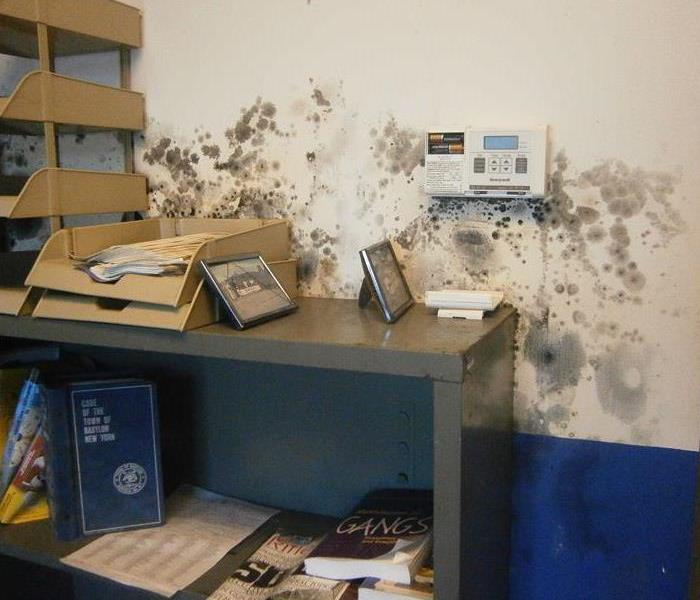 Office Building in Copiague N.Y.
Office Building in Copiague N.Y.
Who should do the cleanup depends on a number of factors. One consideration is the size of the mold problem. If the moldy area is less than about 10 square feet (less than roughly a 3 ft. by 3 ft. patch), in most cases, you can handle the job yourself, following the guidelines below. However: ¦If there has been a lot of water damage, and/or mold growth covers more than 10 square feet, consult the U.S. Environmental Protection Agency (EPA) guide: Mold Remediation in Schools and Commercial Buildings. Although focused on schools and commercial CLEANUP.
If you already have a mold problem – ACT QUICKLY. Mold damages what it grows on. The longer it grows, the more damage it can cause. Leaky window – mold is beginning to rot the wooden frame and windowsill. Mold 5 buildings, this document is applicable to other building types. It is available on the Internet at: www.epa.gov/mold.
If you choose to hire a contractor (or other professional service provider) to do the cleanup, make sure the contractor has experience cleaning up mold. Check references and ask the contractor to follow the recommendations in EPA’s Mold Remediation in Schools and Commercial Buildings, the guidelines of the American Conference of Governmental Industrial Hygienists (ACGIH), or other guidelines from professional or government organizations.
If you suspect that the heating/ventilation/air conditioning (HVAC) system may be contaminated with mold (it is part of an identified moisture problem, for instance, or there is mold near the intake to the system), consult EPA’s guide Should You Have the Air Ducts in Your Home Cleaned? before taking further action. Do not run the HVAC system if you know or suspect that it is contaminated with mold - it could spread mold throughout the building. Visit www.epa. gov/iaq/pubs to download a copy of the EPA guide.
If the water and/or mold damage was caused by sewage or other contaminated water, then call in a professional who has experience cleaning and fixing buildings damaged by contaminated water.
Why is mold and mildew a concern
7/17/2017 (Permalink)
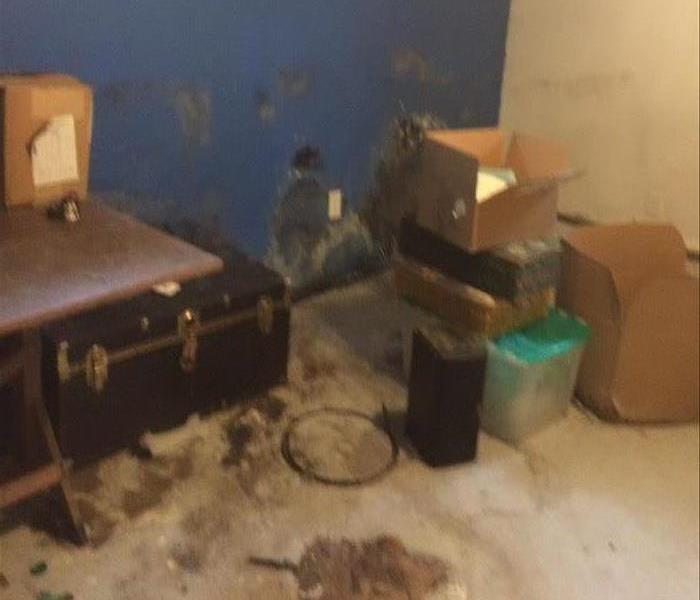 House was uninhabitable
House was uninhabitable
Mold and mildew are some of the most persistent enemies a homeowner can have, and getting rid of them for good can be a major hassle without professional assistance. Fungi is particularly stubborn in humid areas, though they can take root in any home that has issues with moisture buildup. All it takes is a slight, steady plumbing leak, or a slightly cracked window to give the fungi all the moisture and space it needs to operate. And once it shows up, it will spread quickly if not checked. This is why homeowners are often best served by seeking out certified professionals, as they will be able to completely eliminate the contamination without allowing it to spread.
Remediation firms are experts at halting the spread of fungal contamination, and they know how to seal off the area to keep it from dispersing. And with their commercial grade products and processes, the contamination can be eliminated in short order. This quick response will minimize the damage and ensure the home is healthy enough for a family to live and relax in.
Call SERVPRO Of Babylon / Deer Park for a consultation 631 661-3802
Basic Mold facts
11/17/2016 (Permalink)
Molds (also known as fungi) are part of the natural
environment. Molds live in the soil, or on plants, and on
dead or decaying matter. Molds belong to the kingdom
Fungi. Molds lack chlorophyll. Molds can be found
anywhere, inside or outside buildings, anytime during the
year. About 1,000 species of mold can be found in the
United States, with more than 100,000 known species
worldwide. Molds can grow on virtually any organic
substance. All mold needs to grow on these substances are
moisture and oxygen. There are molds that can grow on
wood, paper, carpet, foods, and insulation. In the natural
environment molds play an important role by breaking
down organic matter such as wood, fallen leaves, plant
debris, and dead animals. Without mold we would not have
foods (like cheese) and medicines (like penicillin).
Molds reproduce by producing tiny spores (1 to over 500
microns in diameter/length) that usually cannot be seen
without magnification. Spores are aerodynamic and sticky.
This makes spores easy to distribute, making them similar to
plant seeds. Since the spores are sticky, it allows them to
cling to surfaces. Spores can only be dislodged by brushing
against them or by direct contact. When spores land on a
damp spot, they may begin growing and digesting whatever
they are growing on in order to survive. Spores (growing
into molds) finding the right conditions can start producing
thousands of spores within 24 to 48 hours Spores remain
able to grow for years after they are produced. Allergens on
dead or alive spores remain allergenic for years.
Molds gradually destroy the things they grow on. When
excessive moisture accumulates in buildings or on building
materials, mold growth will often occur, particularly if the
moisture problem remains undiscovered or unaddressed. It
is impossible to eliminate all mold and mold spores in the
indoor environment. To control indoor mold growth,
control indoor moisture. Common areas for mold growth
are:
- Bathroom tile
- Basement walls
- Areas around windows
- Near leaky water fountains or sinks.
Common causes or sources of water for indoor areas are:
- Roof leaks
- Deferred maintenance
- Condensation associated with high humidity or cold
).
Why Is Mold And Mildew Such A Big Threat?
11/8/2016 (Permalink)
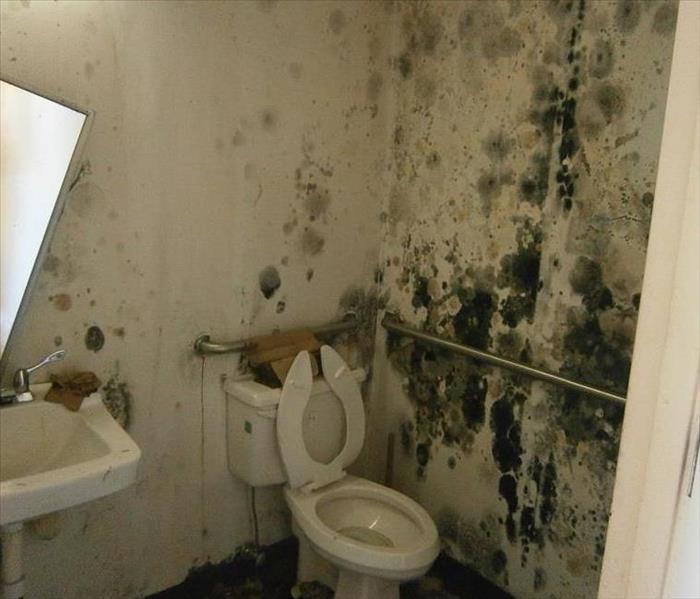 Untreated mold situation
Untreated mold situation
Mold and mildew are some of the most persistent enemies a homeowner can have, and getting rid of them for good can be a major hassle without professional assistance. Fungi is particularly stubborn in humid areas, though they can take root in any home that has issues with moisture buildup. All it takes is a slight, steady plumbing leak, or a slightly cracked window to give the fungi all the moisture and space it needs to operate. And once it shows up, it will spread quickly if not checked. This is why homeowners are often best served by seeking out certified professionals, as they will be able to completely eliminate the contamination without allowing it to spread.
.
Remediation firms are experts at halting the spread of fungal contamination, and they know how to seal off the area to keep it from dispersing. And with their commercial grade products and processes, the contamination can be eliminated in short order.
Signs of mold
9/6/2016 (Permalink)
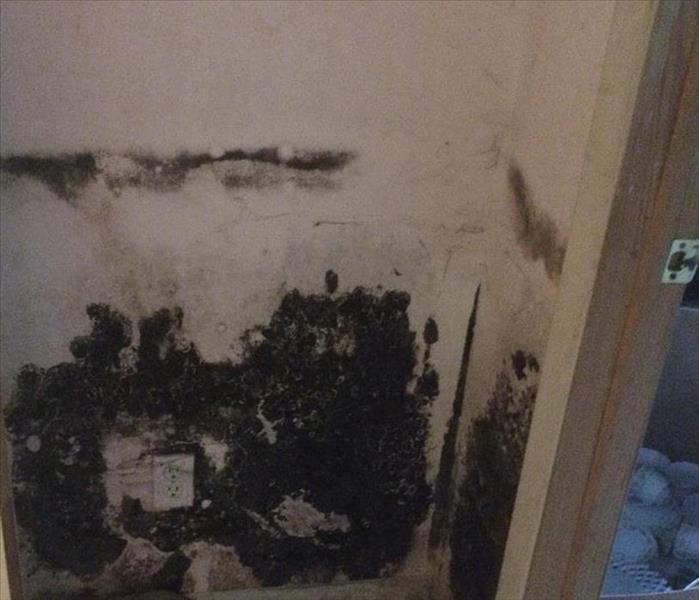 Be careful! Without proper training, you could be spreading mold throughout your home
Be careful! Without proper training, you could be spreading mold throughout your home
Long island Residents: Follow These Mold Safety Tips If You Suspect Mold
If you see visible mold, do not disturb it. You can inadvertently spread the mold infestation throughout your home. When mold is disturbed, the mold can release microscopic mold spores which become airborne and can circulate inside your home.
What to Do:
- Stay out of affected areas.
- Turn off the HVAC system and fans.
- Contact SERVPRO of Babylon/ Deer Park for mold remediation services.
What Not to Do:
- Don’t touch or disturb the mold.
- Don’t blow air across any surfaces with visible or suspected mold growth.
- Don’t attempt to dry the area yourself.
- Don’t spray bleach or other disinfectants on the mold.
About Our Mold Remediation Services
SERVPRO of Babylon/ Deer/ Park specializes in mold cleanup and restoration, in fact, it’s a cornerstone of our business. Our crews are highly trained restoration professionals that use specialized equipment and techniques to properly remediate your mold problem quickly and safely.
If You See Signs of Mold, Call Us Today -631 661-3802
Does Your Babylon/Deer Park Home Have A Mold Problem?
4/8/2016 (Permalink)
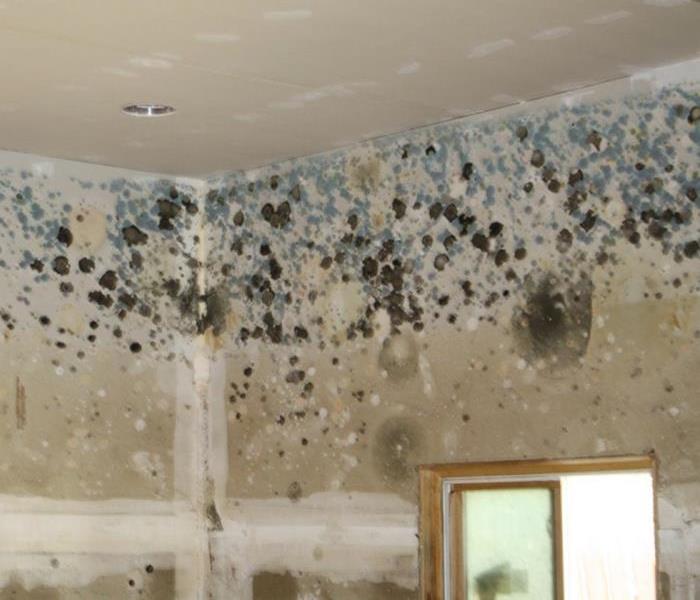 Mold can spread in as little as 48 hours. This is a severe case of mold when left untreated.
Mold can spread in as little as 48 hours. This is a severe case of mold when left untreated.
Microscopic mold spores naturally occur almost everywhere, both outdoors and indoors. This makes it impossible to remove all mold from a home or business. Therefore, mold remediation reduces the mold spore count back to its natural or baseline level. Some restoration businesses advertise “mold removal” and even guarantee to remove all mold, which is a fallacy. Consider the following mold facts:
- Mold is present almost everywhere, indoors and outdoors.
- Mold spores are microscopic and float along in the air and may enter your home through windows, doors, or AC/heating systems or even hitch a ride indoors on your clothing or a pet.
- Mold spores thrive on moisture. Mold spores can quickly grow into colonies when exposed to water. These colonies may produce allergens and irritants.
- Before mold remediation can begin, any sources of water or moisture must be addressed. Otherwise, the mold may return.
- Mold often produces a strong, musty odor and can lead you to possible mold problem areas.
- Even higher-than-normal indoor humidity can support mold growth. Keep indoor humidity below 45 percent.
If your home or business has a mold problem, we can inspect and assess your property and use our specialized training, equipment, and expertise to remediate your mold infestation.
If You See Signs of Mold, Call Us Today - (631)661-3802





 24/7 Emergency Service
24/7 Emergency Service





